The Project
Quite a few airplanes have been built with the pilot in this position. The purpose was a practical one : be it to increase the pilots resistance to high positive g-forces in dive recuparation or high speed tight turns, be it to reduce frontal area and therefore parasitic drag.
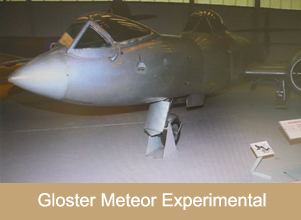
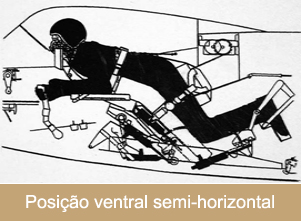
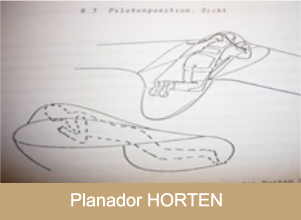
But there is another reason for this configuration : a quite different, augmented flight sensation experienced by pilots flying in this position. I felt this myself when I started hanggliding : first flights with a basic Rogallo wing sitting on a board, and than transitioning to more advanced deltawings in foreward prone position, between take off and landing.
Flight sensation and control inputs were much more intuitive and natural in this position.
From the dream of flight to air transportation - back to the original dream of flight?
Thousands of hangglider pilots, but also Yves Rossy with his JET-WING, as well as wing-suit basejumpers and skydivers experience this different feel of flight.

Flying hanggliders as well as trikes, I never got quite used in hanging and penduling freely under my wing, and controling it by weightshift only.

And even after doing some parachuting, I did not enjoy this kind of flying to much - not to mention the cost and complication involved in needing another aircraft to get up.

In order not to have to climb up to cliffs or mountains, or the need of another aircraft to get airborne, the plane should be powered. The best solution to power a delta wing I found in the german 'Schwarzer Minimum'. I watched them flying, but was not really convinced either.
BIRDCRAFT INCORPORATES THEESE FEATURES

Pilot in semi-foreward-prone position with unobstructed view. Rigid and light airframe, with small external dimensions.
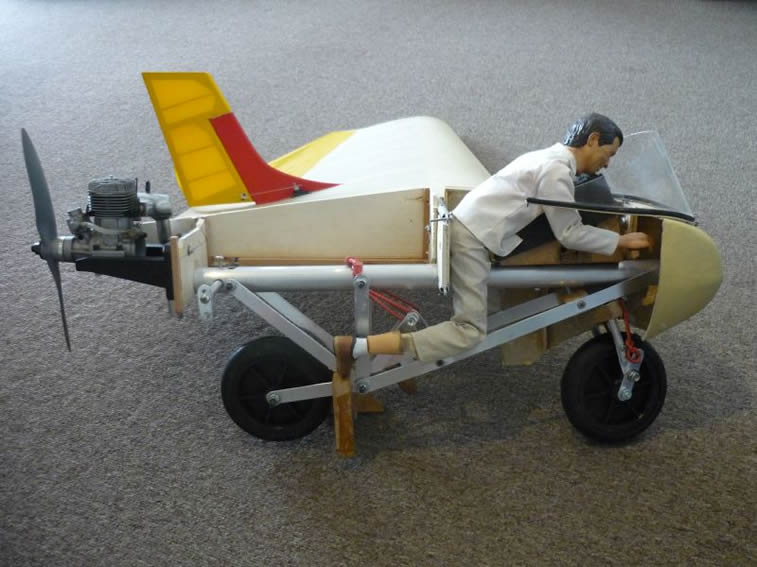
Conventional control surfaces operated by stick and pedals.
Large diameter wheels, the front one steerable.
Scale Modell of BIRDCRAFT
scale 1:4
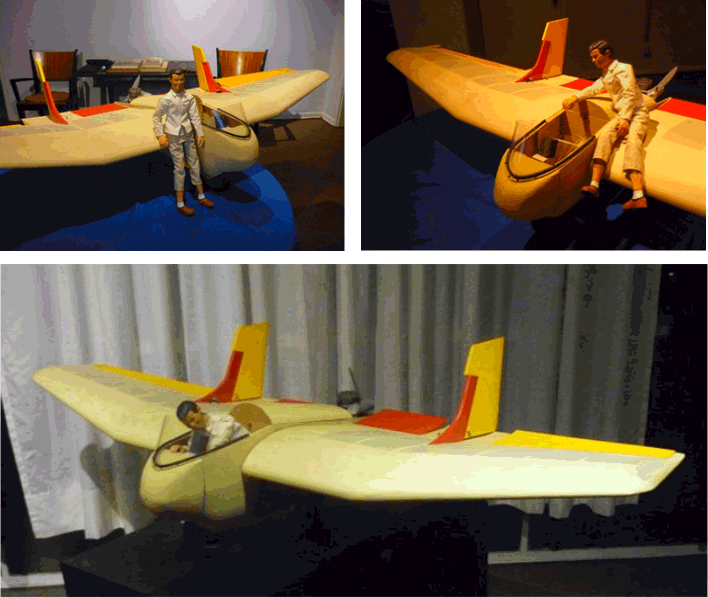
ANEXES
Some older and more recent projects of same design philosophie.
Project of the brazilian pilot and architect Roberto Stickel : a glider with pilot in foreward prone, flat belly down position.

It was flight tested in ballast with RC remote control, carried up by a trike and landing on parachute.
Project Phyxis 4
|
|
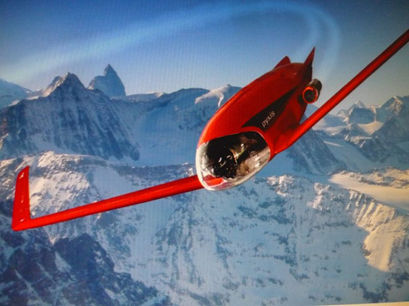 Design work only. Powered by two microjets. |
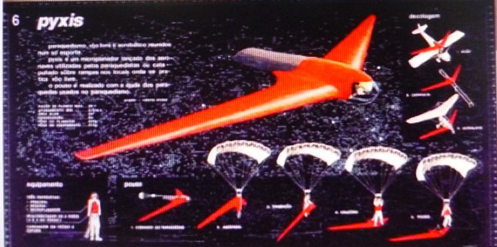 Demonstration of getting airborne on top of another aircraft, independent flight, and landing on parachute, the pilot separating from his craft. |
|
|
|

Open Sky M-02. Designed and built by japanese pilot and artist Kazuhiko Hachiya and designer Satoru Shinahe. Centerline jet propulsion. Demonstrated in manned flight June 2016 in Takikawa, Hokaido, Japan.
 |
CONTACT
Av. Ipiranga, 200 - Bloco D, Apt. 282 CEP: 01046-010 - São Paulo/SP - Brasil
E-mail:
clakiep@terra.com.br
Telefone:
++55 11 - 3255-3339 / 99808-9586



